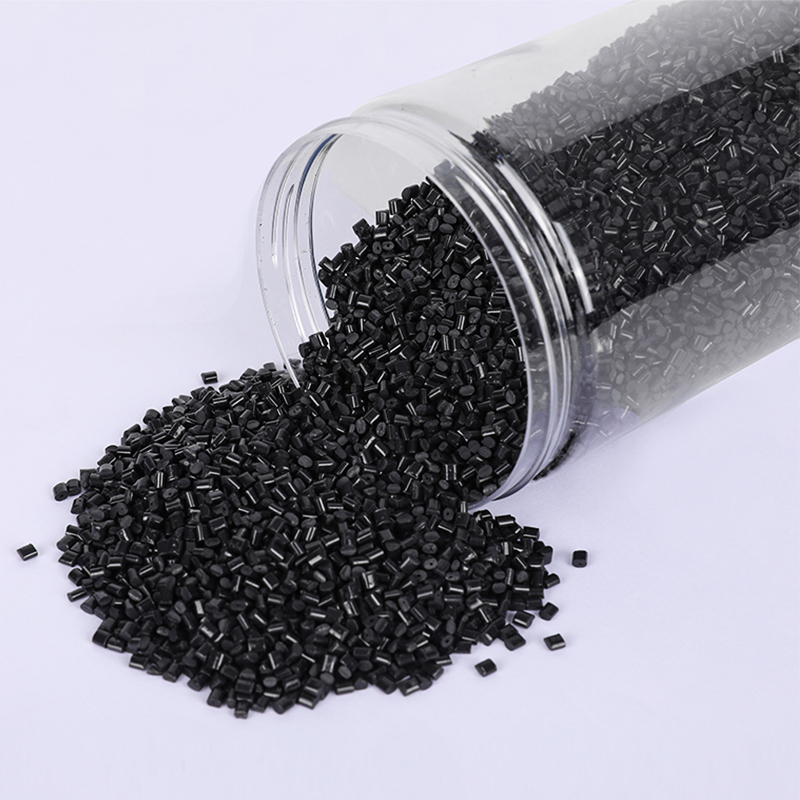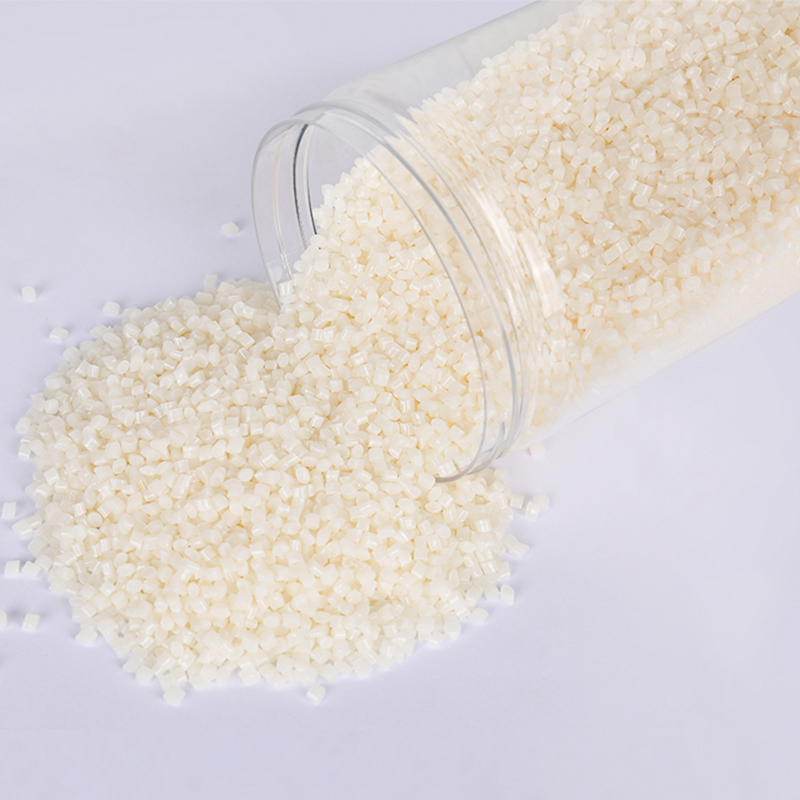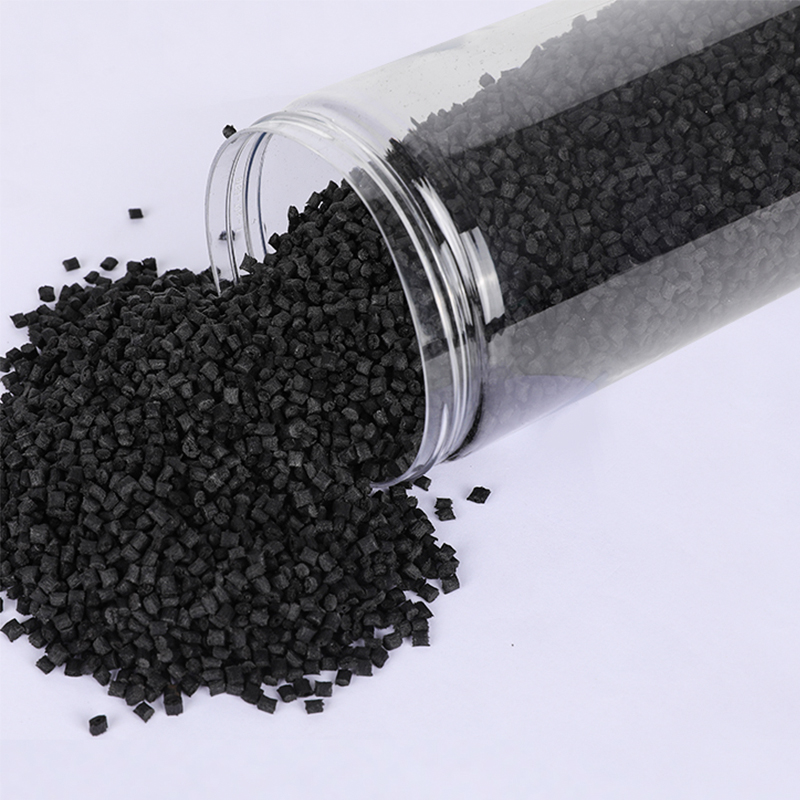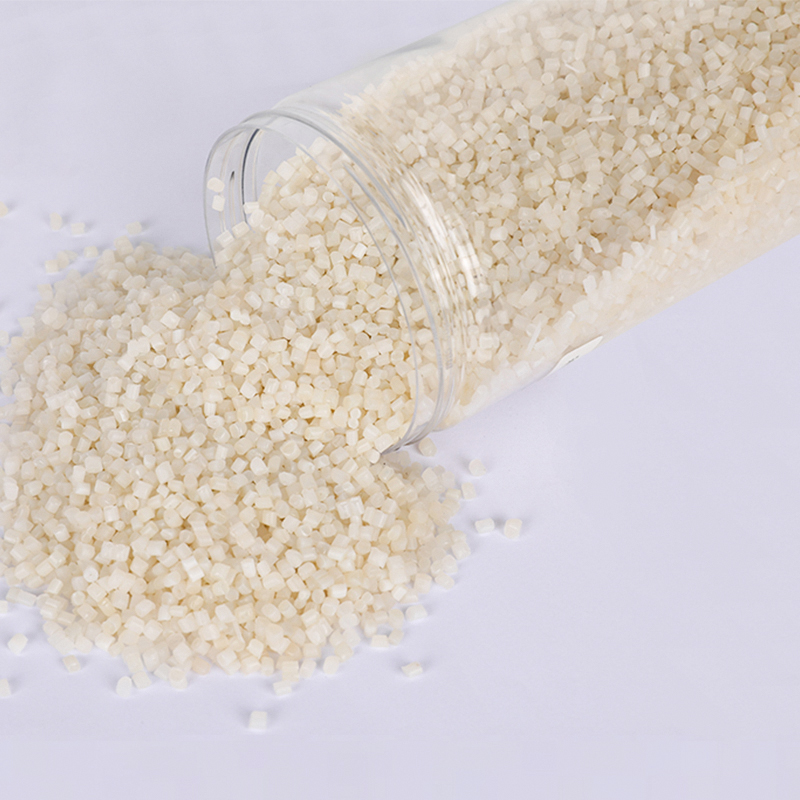Stay up to date with our recent products
Web Menu
Product Search
Exit Menu
The Evolution of Polypropylene Recycling and the Rise of PCR Technology: A Journey Towards Sustainability
The history of recycling polypropylene and the development of PCR (Post-Consumer Recycled) technology represent a significant journey towards enhancing sustainability and reducing environmental impact in the plastics industry. Polypropylene, a versatile plastic first synthesized in the 1950s, quickly became a staple in various applications due to its durability, chemical resistance, and low cost. However, as the environmental impact of plastic waste became increasingly apparent, the focus shifted towards improving recycling technologies and integrating recycled materials into new products.
Initially, the recycling of polypropylene was limited, with many plastic products ending up in landfills. Early recycling efforts primarily focused on sorting and reprocessing post-consumer plastics, but the technology and infrastructure for recycling polypropylene were still in their infancy. The process typically involved mechanical recycling methods, where plastic waste was cleaned, shredded, and melted to produce recycled pellets. This approach, while effective to some extent, faced challenges related to the quality and consistency of the recycled material, often limiting its use in high-quality applications.
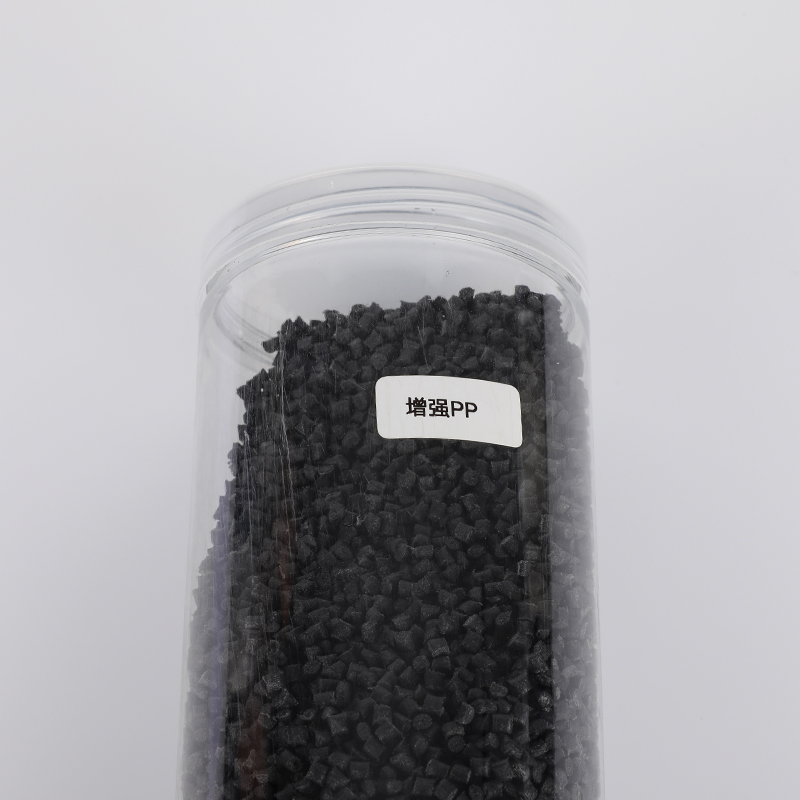
The development of PCR technology marked a significant advancement in recycling practices. PCR technology involves collecting and processing post-consumer polypropylene products—such as packaging, containers, and other items—into new polypropylene pellets that can be used in manufacturing. This technology aims to close the loop on plastic consumption by reusing materials that have already served their initial purpose. Over time, innovations in sorting, cleaning, and processing have improved the quality and performance of PCR recycled polypropylene, making it more suitable for a wide range of applications.
One of the key milestones in the evolution of PCR technology was the enhancement of sorting and purification techniques, which significantly improved the consistency and purity of recycled polypropylene. Advances in extrusion and pelletizing technology have also played a crucial role, allowing for the production of high-quality PCR recycled polypropylene pellets that closely match the properties of virgin plastic. These advancements have helped address early concerns about the performance and reliability of recycled materials, making PCR recycled polypropylene a viable and attractive option for manufacturers.
Incorporating PCR recycled polypropylene into products offers substantial environmental benefits. By reusing post-consumer plastics, this material reduces the need for virgin plastic production, which in turn lowers greenhouse gas emissions and conserves natural resources. Our PCR Recycled Polypropylene Plastic Pellets exemplify these advantages, providing a high-quality, eco-friendly alternative to virgin polypropylene. These pellets support sustainability goals and contribute to a circular economy, where materials are continuously recycled and reused to minimize waste and environmental impact.
In summary, the history of recycling polypropylene and the development of PCR technology highlight a significant evolution towards more sustainable practices in the plastics industry. From early, rudimentary recycling methods to advanced PCR technologies, the journey reflects ongoing efforts to improve recycling processes, enhance material quality, and reduce environmental impact. As technology continues to advance, the use of PCR recycled polypropylene is expected to grow, further supporting a circular economy and promoting more sustainable material practices.
As China PCR Recycled Plastic Granules Factory, We always adhere to the experience and philosophy of "keeping up with the times, constantly innovating, developing efficiently, and cooperating for mutual benefit"

Address: No.11, Wangzhuang Section, Provincial Road 01, Daqiao New Area, Economic Development Zone, Haiyan County, Jiaxing City, Zhejiang Province, China
Phone: +86-18058285678
Fax: +86-0573-86868101
E-mail: [email protected]
SUNRISE GROUP(Overseas Exclusive Agent)
www.sunrisechemical.com
2024 ICIS Global Chemical Distributor Top 8
Export Sales Manager:Helen Zhang
Mob/Whatsapp: +86 19883063465
Email: [email protected]
Copyright © Jiaxing Anyiju Plastic Industry Co., Ltd. All Rights Reserved

 简体中文
简体中文 English
English

